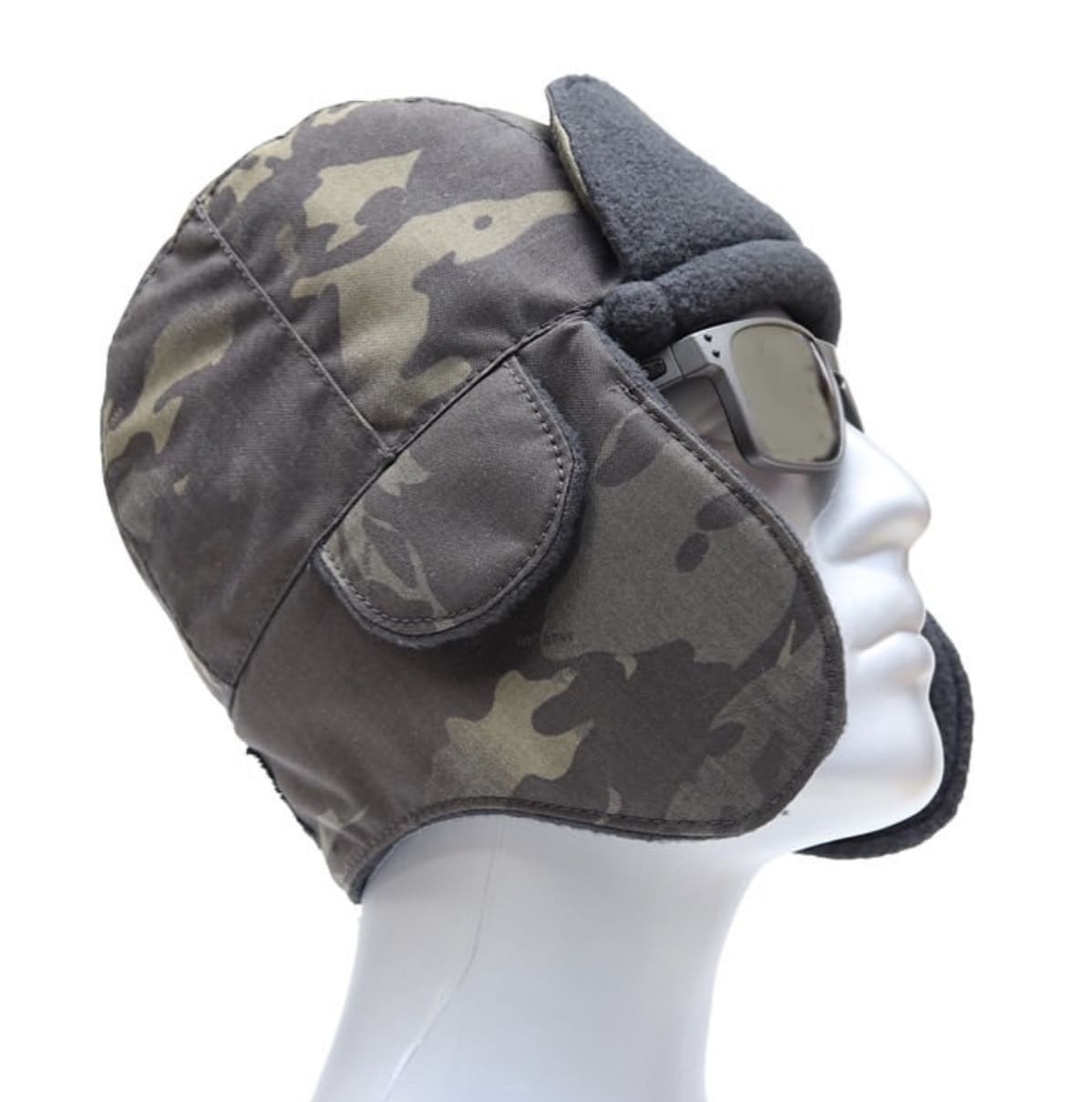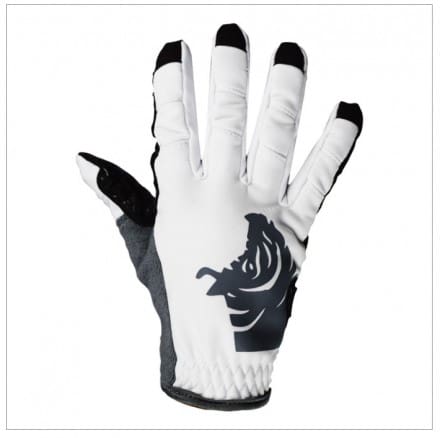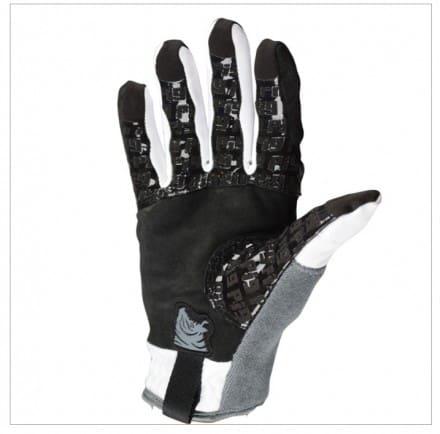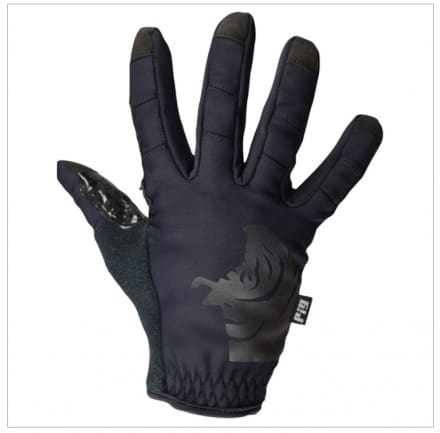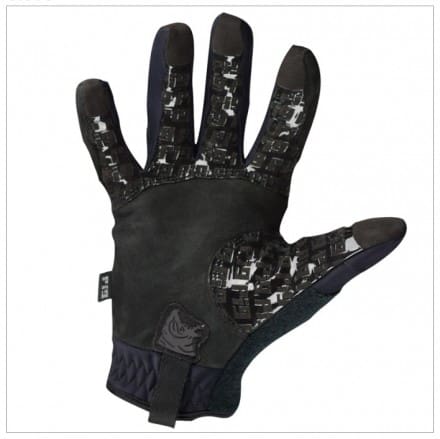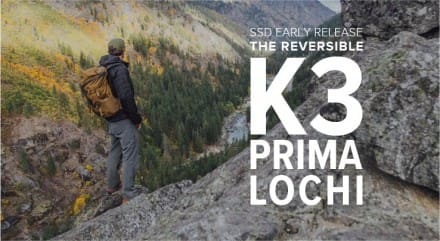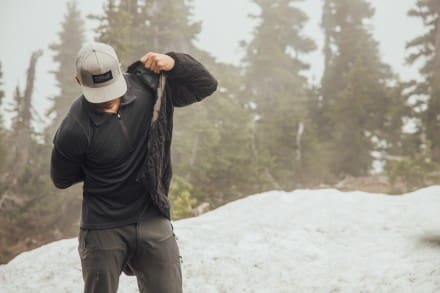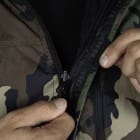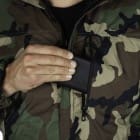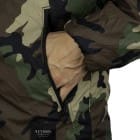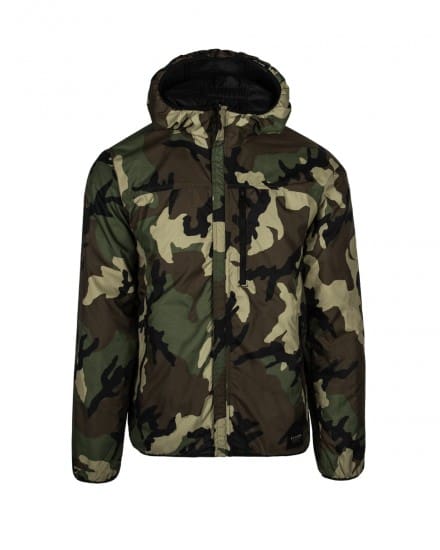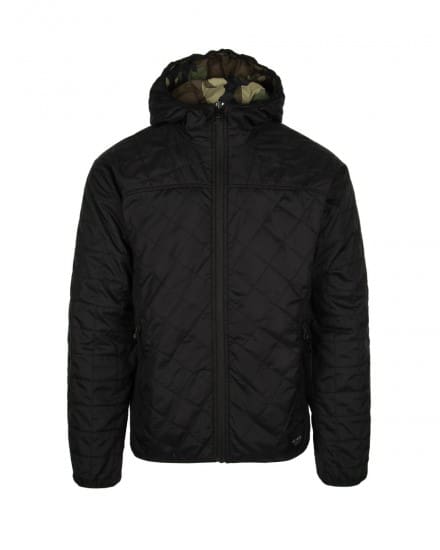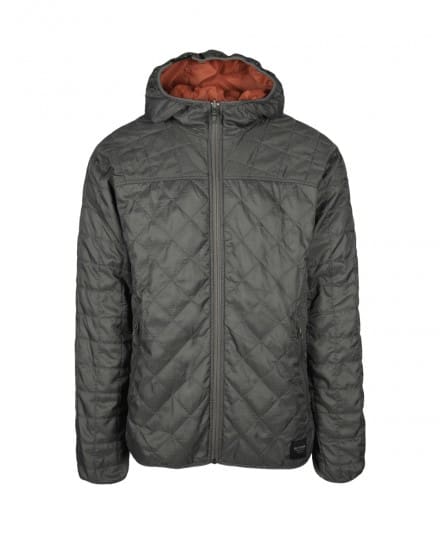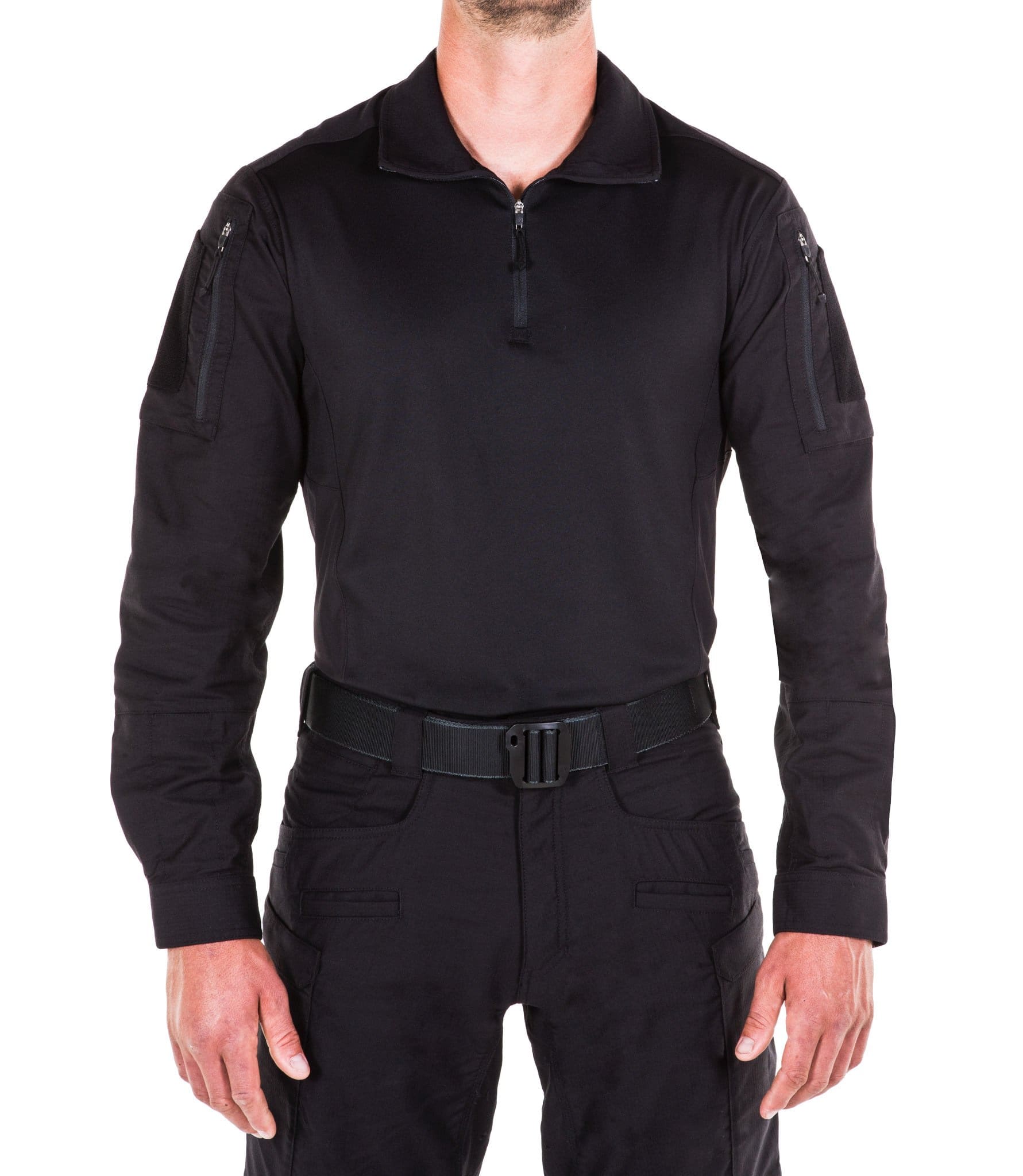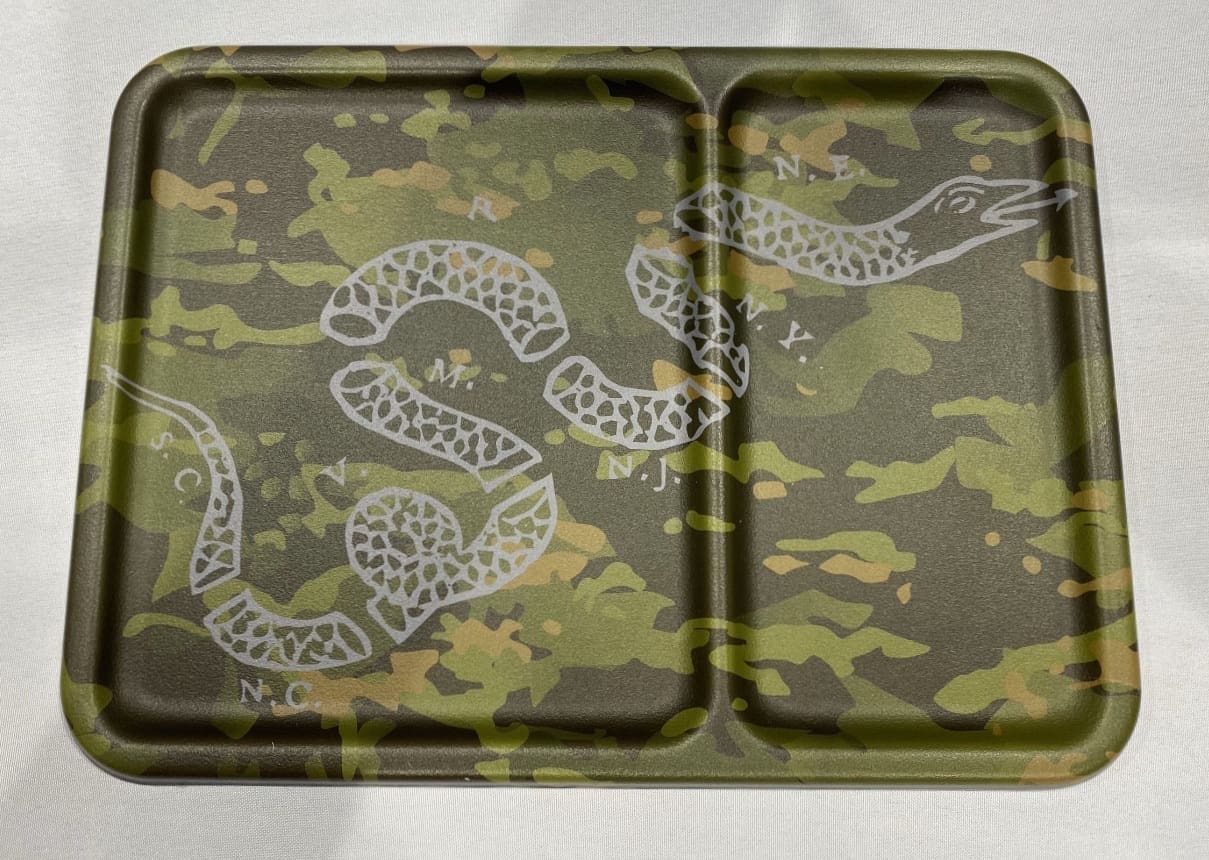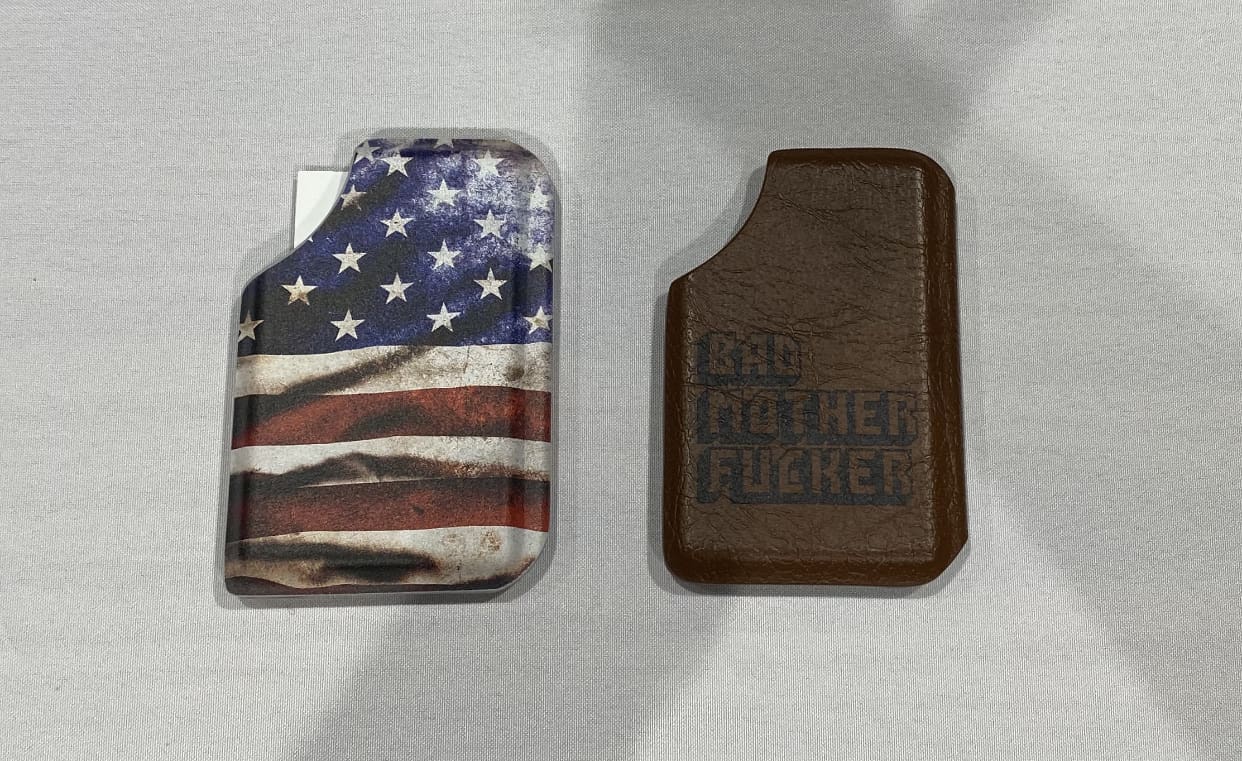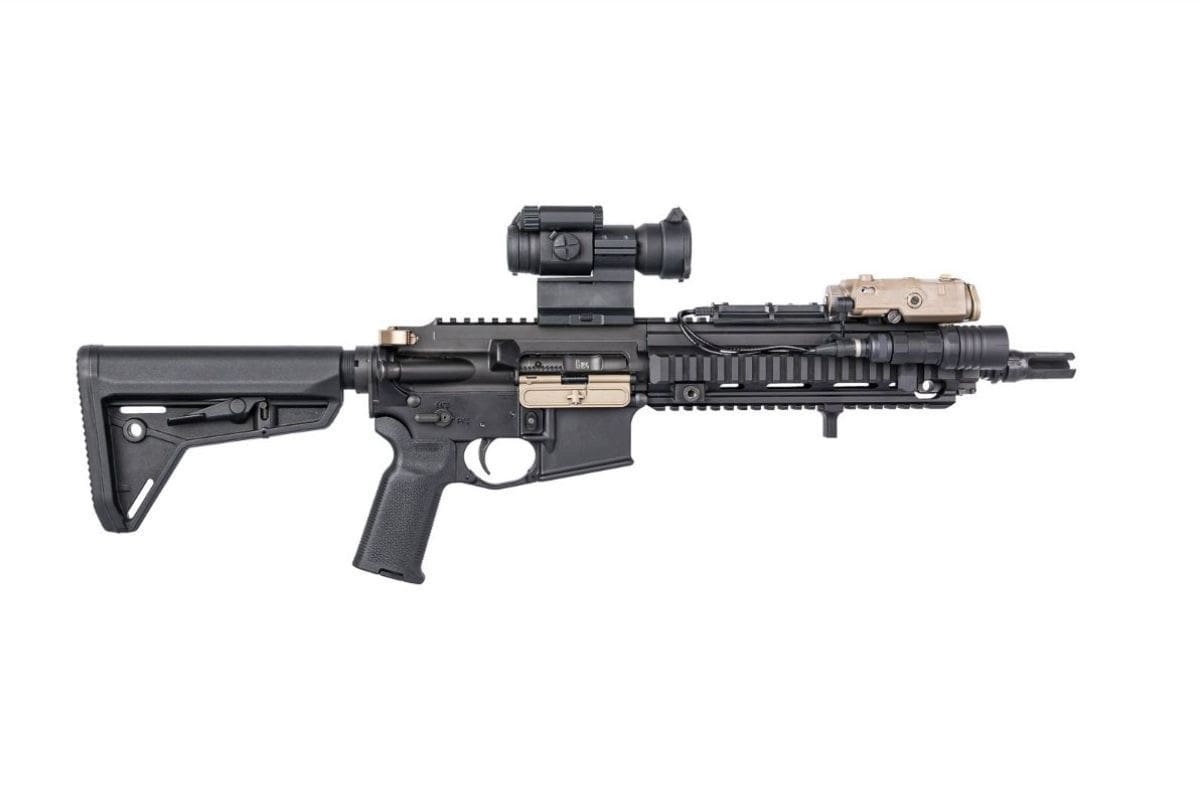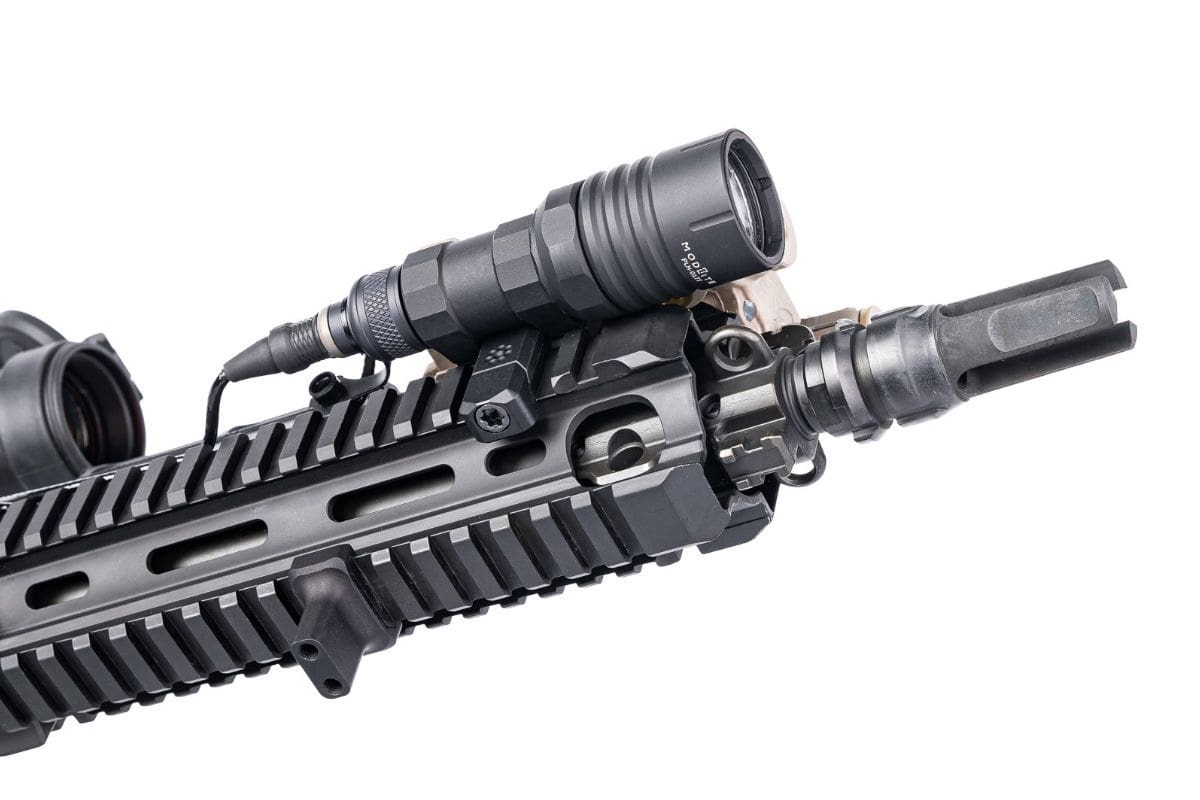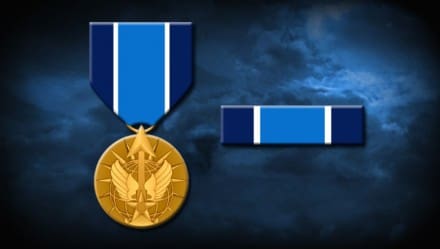
WASHINGTON (AFNS) —
Air Force officials announced nomination criteria for the new Remote Combat Effects Campaign Medal following the official establishment of the decoration May 22.
The new medal, established by then-Secretary of the Air Force Heather Wilson, is part of a continuing effort to recognize U.S. Air Force military members in a non-deployed status who directly participated in a Department of Defense combat operation from a remote location.
“Our remote operations community makes vital contributions to our national security and the security of our allies,” said Air Force Chief of Staff Gen. David L. Goldfein. “These Airmen play a crucial role in every campaign we undertake, and this medal is for them.”
The RCECM will be awarded to Airmen serving in remotely piloted aircraft, cyber, space and intelligence, surveillance and reconnaissance career fields, who create direct combat effects from remote locations and lead to strategic outcomes or the delivery of lethal force. In some circumstances, Airmen from other career fields may be considered for the RCECM, which will be considered on a case-by-case basis.
Service members may be awarded the RCECM for actions completed on or after Sept. 11, 2001, while also serving under the following conditions:
1) Was assigned or attached to a unit directly in support of a DoD combat operation as approved by the chief of staff of the Air Force (listed below)
2) Was serving in a remotely piloted aircraft; cyber; space or intelligence, surveillance and reconnaissance career field
3) Personally provided hands-on employment of a weapon system that has direct and immediate impact on combat operations
4) Was not physically exposed to hostile actions or at risk of exposure to hostile action
Qualifying DoD combat operations:
• Enduring Freedom, Sept. 11, 2001 – to be determined
• Iraqi Freedom, March 29, 2003 – Aug. 31, 2010
• New Dawn, Sept. 1, 2010 – Dec. 31, 2011
• Nomad Shadow, Nov. 5, 2007 – TBD
• Freedom’s Sentinel, Jan. 1, 2015 – TBD
• Inherent Resolve, June 15, 2014 – TBD
• Odyssey Lightning, Aug. 1, 2016 – Dec. 19, 2016
• Pacific Eagle – Philippines, Oct. 5, 2017 – TBD
Airmen who have received a DoD or Air Force campaign or expeditionary medal or ribbon for the same period of service are not eligible to receive the RCECM.
For more information and full eligibility criteria or submission procedures, visit myPers at mypers.af.mil and enter “RCECM” in the search window. A fact sheet and graphic is also available on the Air Force’s Personnel Center website.
Secretary of the Air Force Public Affairs
